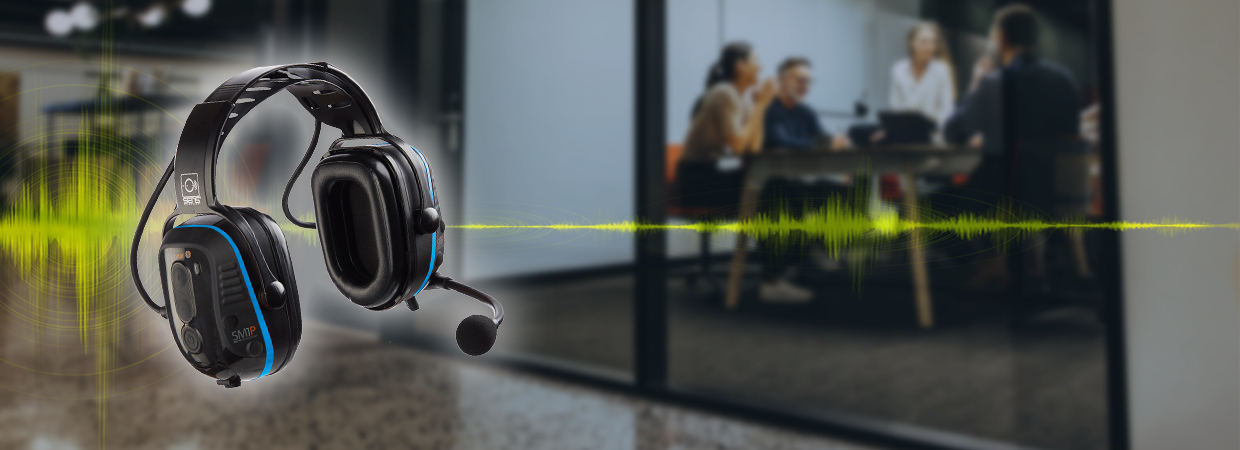- Home
- Blog
- Situational Awareness
- Why are there No Standards for Situational Awareness?

Why are there No Standards for Situational Awareness?
In today's fast-paced and dynamic work environments, situational awareness has emerged as a critical skill for workers across a range of industries. The ability to perceive and comprehend the complexities of a situation, anticipate potential risks, and make informed decisions has become necessary to ensure worker safety. However, despite the growing recognition of situational awareness, a surprising lack of standards exists regarding training and guidelines for workers to develop and maintain this vital skill.
Situational Awareness
![]() So, what is situational awareness? It encompasses a broad spectrum of cognitive processes, including perception, comprehension, and quick thinking. According to OSHA, it means having the ability to "identify, process, comprehend, and respond." However, doing so is not always easy, especially in fast-paced and hazardous environments. Situational awareness requires individuals to process vast amounts of information, from the physical environment to social dynamics, and quickly react to make effective decisions. Thus, the multifaceted nature of situational awareness contributes to the lack of standardized guidelines.
So, what is situational awareness? It encompasses a broad spectrum of cognitive processes, including perception, comprehension, and quick thinking. According to OSHA, it means having the ability to "identify, process, comprehend, and respond." However, doing so is not always easy, especially in fast-paced and hazardous environments. Situational awareness requires individuals to process vast amounts of information, from the physical environment to social dynamics, and quickly react to make effective decisions. Thus, the multifaceted nature of situational awareness contributes to the lack of standardized guidelines.
What are the Standards for Situational Awareness?
Situational awareness is a basis of safety culture, though it lacks standards and regulations. When you go to search "what are the standards of situational awareness?" many articles describe how to be situationally aware, although no article describes exactly what it means to be fully aware of surroundings. The question then arises, can there be a set standard for situational awareness?
Firstly, it is a complex and multifaceted concept that encompasses various cognitive processes such as perception, comprehension, and projection. Developing comprehensive standards to address every aspect of situation awareness across different industries and job roles can be a challenging task. Secondly, the diversity of work environments and tasks makes it difficult to establish a one-size-fits-all approach. Each industry has its own unique hazards and risk factors, requiring tailored safety measures and strategies. Attempting to create universal standards for situation awareness may overlook these contextual variations and fail to provide meaningful guidance. Additionally, situational awareness heavily relies on individual cognitive abilities and subjective interpretations of the environment. It is factors such as experience, training, and attentional capacity varying among workers, that make it challenging to establish standardized benchmarks for situational awareness. Despite a lack of standards, this does not mean situational awareness shouldn't be prioritized, as failure to prioritize situational awareness can have severe consequences that can lead to accidents, injuries, or even loss of life.
Research on air traffic controllers and situational awareness found that "78% of problems 'caused' by a lack of situational awareness were the result of a person not perceiving needed information, 17% were due to failure to understand the information they received, and 5% due to failure to accurately project what would happen next with the information they received."
Sensear's Situational Awareness Guidelines
While there are no specific universally recognized standards for situational awareness, Sensear believes these general principles and best practices can help set a basis for situational awareness.
-
Perception: Paying attention to relevant cues in the environment, including visual, auditory, and tactile information.
-
Comprehension: Understanding the meaning and significance of the information gathered, interpreting patterns, and identifying potential risks or opportunities.
-
Projection: Anticipating future events and outcomes based on the current situation and available information, considering different scenarios and their potential consequences.
-
Information Management: Effectively gathering, processing, and prioritizing information from various sources, including technology, colleagues, and the environment.
-
Decision Making: Using situational awareness to make informed decisions, considering the potential impact and risks involved.
-
Communication: Sharing relevant information with others in a clear and concise manner, promoting shared understanding and coordinated actions.
Although it is important, establishing standards for situational awareness is not without challenges. However, advancements in technology, such as Sensear's SENS® Technology that allows for 360° situational awareness are exactly what is needed to help raise the expectations for situational awareness. These tools, coupled with expert input and research, can help develop more clear guidelines that accommodate various industries. Situational awareness is a critical skill that empowers workers to navigate complex and ever-changing work environments successfully. However, the absence of standardized guidelines and training programs hampers its full potential. By addressing this gap, we can unlock the power of situational awareness, enabling safer, more efficient, and more productive workplaces.
How Sensear Provides Situational Awareness
Sensear’s revolutionary SENS® Technology enables 360° situational awareness, retaining original sound characteristics, and reduces the risk of accidents. SENS® determines the nature, distance, and directionality of all sounds so that you stay ahead of the risks. SENS® will also help you manage threats, reduce stress, improve risk visibility and management, and retain the flow of data. It is Sensear's innovative communication solutions that serve as a testament to the importance of this issue. It is time for industries, experts, and organizations to come together and establish standards for situational awareness, paving the path for a new era of workplace safety and effectiveness. Your safety does not have to be compromised when you choose Sensear.









